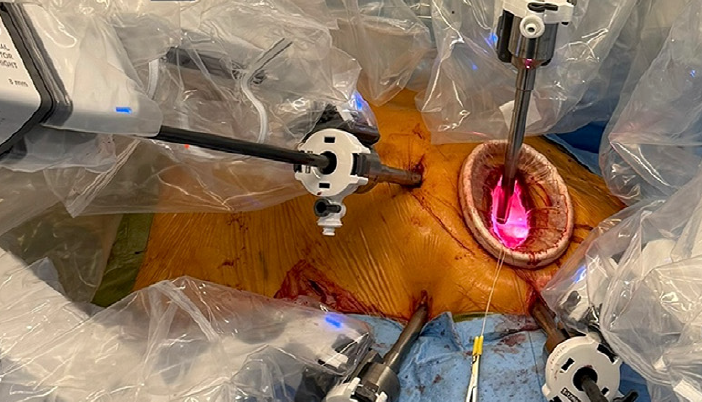This study from Cedars-Sinai Medical Center reports the first series of robotic lung transplants, including both single- and double-lung procedures. Conducted between October 2021 and February 2025, the analysis compared robotic-assisted, nonrobotic minimally invasive (<6 cm incision), and traditional open approaches.
A total of 209 lung transplants were performed: 21 robotic, 90 nonrobotic minimally invasive, and 98 standard open. Robotic cases had longer ischemic times and slightly longer waiting list times, but early outcomes—including survival, complications, hospital stay, and pulmonary function—were comparable across groups. One-year survival for robotic cases was 95%, essentially identical to nonrobotic minimally invasive (95.5%) and standard open (94%).
Technical refinements included patient selection (favoring larger chest capacity and taller patients), evolution from partial to fully robotic procedures, and specialized port placement and clamp use. Robotic surgery was found to facilitate teaching and precision, though it required more operative time and specialized planning.
The authors conclude that robotic lung transplantation is feasible, safe, and produces outcomes equivalent to established techniques, despite longer ischemic times. Larger multicenter studies are needed to confirm potential advantages and assess whether robotics can expand transplant eligibility.

